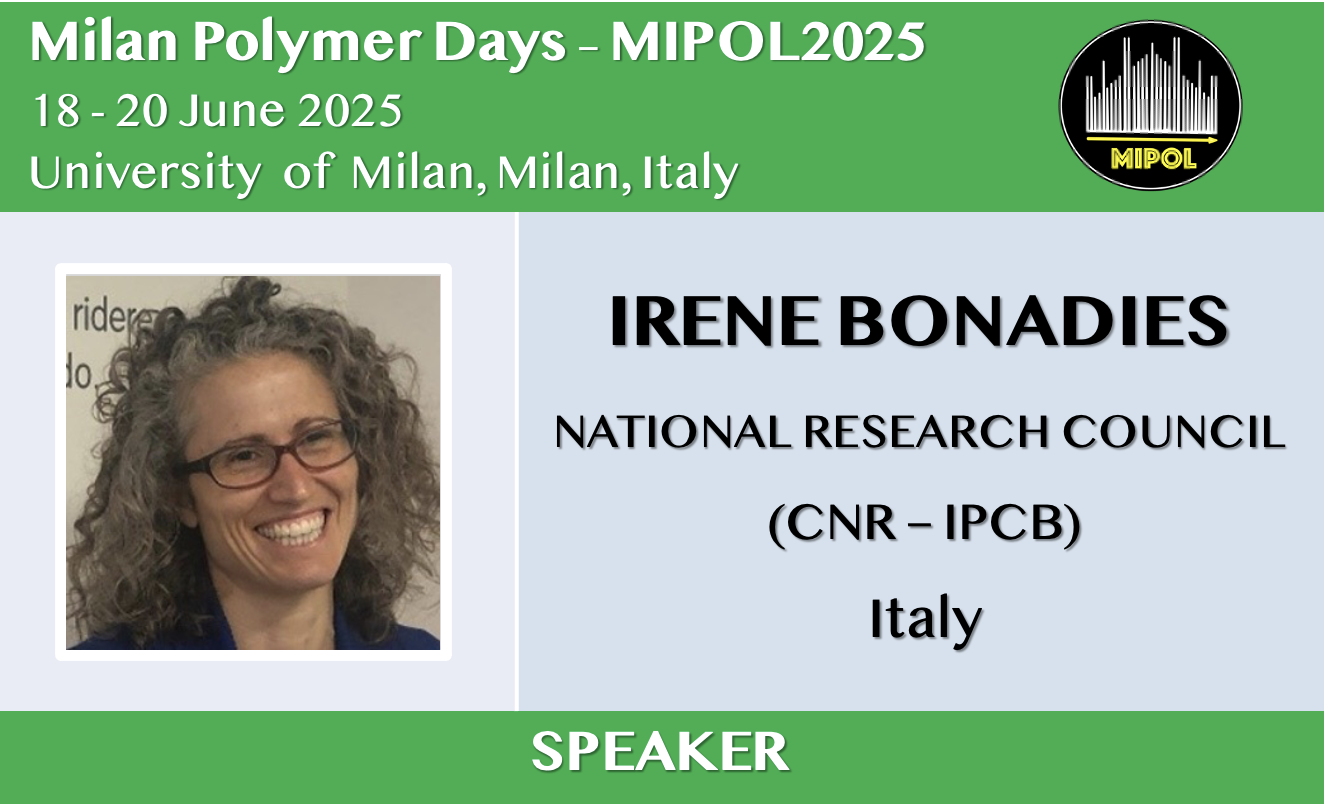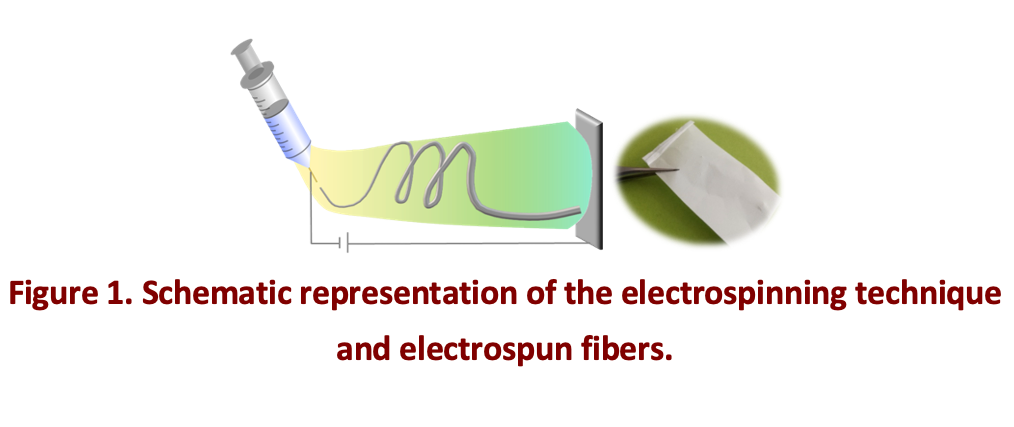Designing 3D-Structures based on Electrospun Nanofibers for Biomedical applications
Abstract

The combination of materials science and nano-engineering, permits to realize advanced nanostructures with tailored functional properties. Electrospinning is one of the nanofabrication technique useful for the production of polymeric fibers at the nanoscale. Starting from a properly selection of materials and morphologies, this technique lead to the fabrication of 3D fibrous systems with enhanced or new characteristics having multiple purposes. Applications of electrospun 3D structures have the potential to revolutionize different areas of nanomedicine such as drug delivery, wound healing and tissue engineering. By combining the characteristics of materials with the specifications required by the application field, it is possible to realize electrospun fibrous systems with precise morphologies and functionalities i.e. enabling the efficient encapsulation and release of active chemical agents such as drugs, natural extracts and essential oils; promoting cells proliferation and differentiation; enhancing wound healing. Our results show that by accurately designing and selecting fiber morphology and composition, it is possible to effectively encapsulate natural extracts as Artemisinin, to preserve its degradation and enhance its bioavailability [1]; to fabricate fibers for efficient storage of high amount of mosquito repellents as N,N-diethyl-meta-toluamide (DEET) [2]; to realize biobased patches containing antibacterial natural products as propolis, resveratrol and quercetin [3, 4, 5].
As well as, our results reveal that it is possible to combine different techniques and establish appropriate procedures for the fabrication of multimaterial 3D structures. In particular, by combing electrospinning, spin coating and solid-state polymerization we are able to realize eumelanin 3D structures, based on core-shell or hollow nanofibers. Our results demonstrates that these structures are able to provide both mechanical support and biological signals for neuronal cell growth and control [7,8]. Furthermore, they are an effective tool for the control of neuroinflammatory response related to spinal cord lesion [9]. As well, a composite hydrogel incorporating an electrospun poly-L-lactic acid (PLLA) mat in a cell-adhesive polyamidoamine hydrogel (H-AGMA) was effectively realized by combining an ad-hoc synthesis and assembling procedure. Results revealed that this structure is a potential candidate for neural tissue engineering.
In this framework of activities, we tried to take into account a specific point of view in the selection of materials: to do not put the global and the natural environment at risk and do not compete with food and energy production. Therefore, both biopolymers and natural polymers were considered for the realization of fibers [9].

References
- I. Bonadies, L. Maglione, V. Ambrogi, J. D. Paccez, L. F. Zerbini, L. F. Rocha e Silva, N. S. Picanço, W. P. Tadei, I. Grafova, A. Grafov, C. Carfagna, Eur Polym J 2017, 89, 211.
- Bonadies, A. Longo, R. Androsch, D. Jehnichen, M. Göbel, M. L. Di Lorenzo Eur Polym J 2019, 113, 377.
- I. Bonadies, F. Cimino, V. Guarino Mater Res Express 2019, 6(7), 075407.
- F. Di Cristo, A Valentino, I De Luca, G Peluso, I Bonadies, A Di Salle, A. Calarco Pharm. 2023, 15, 805.
- I. Bonadies, F. Di Cristo, A Valentino, G Peluso, A Calarco, A Di Salle Nanomater. 2020, 10, 1175.
- I. Bonadies, F. Cimino, C. Carfagna, A. Pezzella Biomacromolecules 2015, 16, 1667.
- Fasolino, I. Bonadies., L. Ambrosio, M.G. Raucci, C. Carfagna, F.M. Caso, F. Cimino, A. Pezzella ACS Appl. Mater. Interfaces. 2017, 46, 40070.
- I. Fasolino, E.D. Carvalho, M.G. Raucci, I. Bonadies, A. Soriente, A. Pezzella, A. P. Pêgo, L. Ambrosio Biomater. Adv. 2023, 146, 213312.
- T. Silvestri, P. Di Donato, I. Bonadies, A. Poli, M. Frigione, M. Biondi, L. Mayol Molecules 2023, 28, 6894.

